Bangladesh is the bearer of rich culture and glorious history and tradition for thousands of years. Different regions of this country have an eventful and colorful past, of which Brahmanbaria is one.
The contribution of the Brahmanbaria district in the art and culture of Bangladesh is outstanding. The history of this district is very rich in the war of independence and liberation and in dealing with iniquity and injustice. People of different religions, different views, and paths have been living here peacefully since ancient times.
Brahmanbaria is a land of peace, harmony, and amity. Titus Bidhaut Brahmanbaria is the land of the wise and virtuous, the land of scholars and mujahids. In the last century, Brahmanbaria has gained worldwide fame and recognition for its various contributions to the subcontinent.
Naming of Brahmanbaria
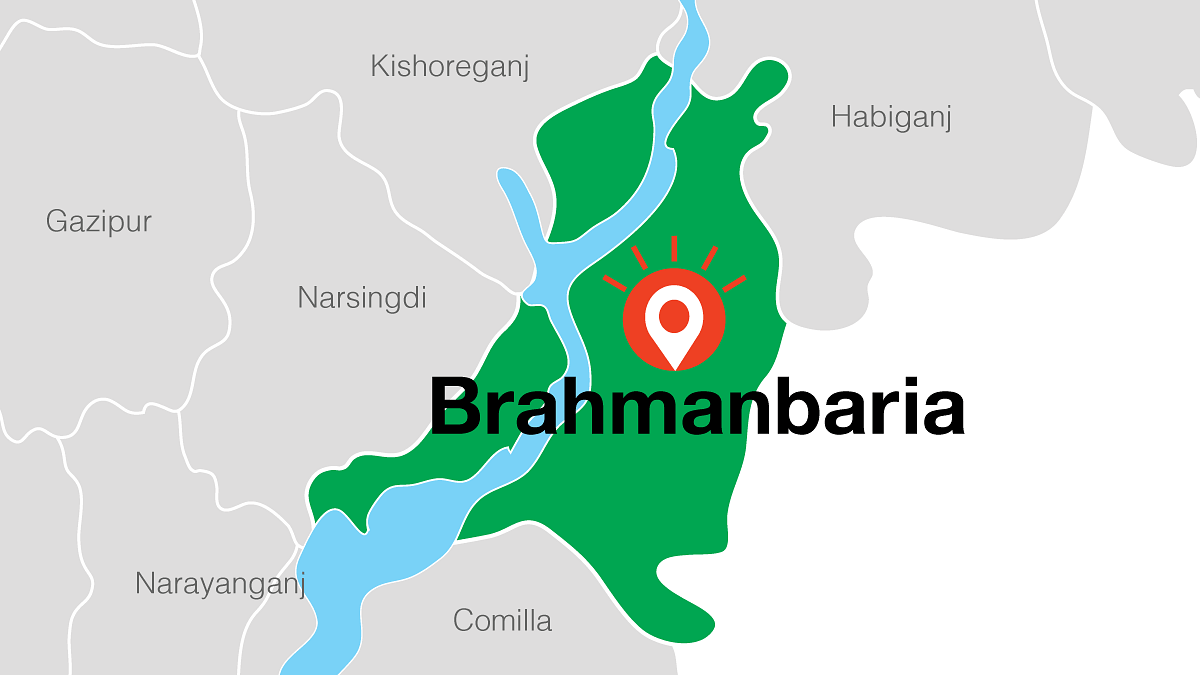
Brahmanbaria is a traditional district in the Middle East of riverine Bangladesh. There are several opinions about the naming of the Brahmanbaria district. According to some, during the reign of the Sena dynasty, the worship of Brahmanbaria was hampered by the absence of the aristocratic Brahmin clan. For this reason, Raja Lakshman Sen brought some Brahmin families from Kanyakunj of Advisor to this region. Some of them Brahmin families built houses in Moulvipara of the city. Over time, the name of the area became known as Brahmanbaria after the name of the house of those Brahmins.
According to the second and possibly correct view, Shah Sufi Hazrat Kazi Mahmud Shah, a preacher of Islam from Delhi, became impatient with the allegations and ordered the expulsion of these Brahmin families from the city, from which the name Brahmanbaria may have originated. It is said that Darbesh Sahib ordered ‘Brahmins go out’ and the name Brahmanbaria originated from his statement.
A Glimpse of History

This region was part of a town called Samatat in ancient Bengal. In the Middle Ages, today’s Brahmanbaria belonged to Sarail Pargana. Historical data shows that Pathan Sultan Sher Shah created the first pargana to facilitate revenue collection and administration. Sarail Pargana was formed during the Sultanate period. Sarail Parganas sometimes became important for political reasons.
It is known from the lineage of Ala Isa Khan in the best Bhuiyan Masnad of Baro Bhuyan of Bengal – Syed Ibrahim Malekululama Rah, a prince Kalidas Gajdani of Baishwara state of India. He converted to Islam and took the name of Solomon Khan. Solomon Khan came to this region of Bengal in 1534 AD. He was the first to receive the jagir of Sarail Pargana after Sultan Gias Uddin Mahmud Shah. Solomon Khan’s rival Pathan forces summoned him and killed him on the pretext of a false treaty. At that time Isa Khan was ten years old.
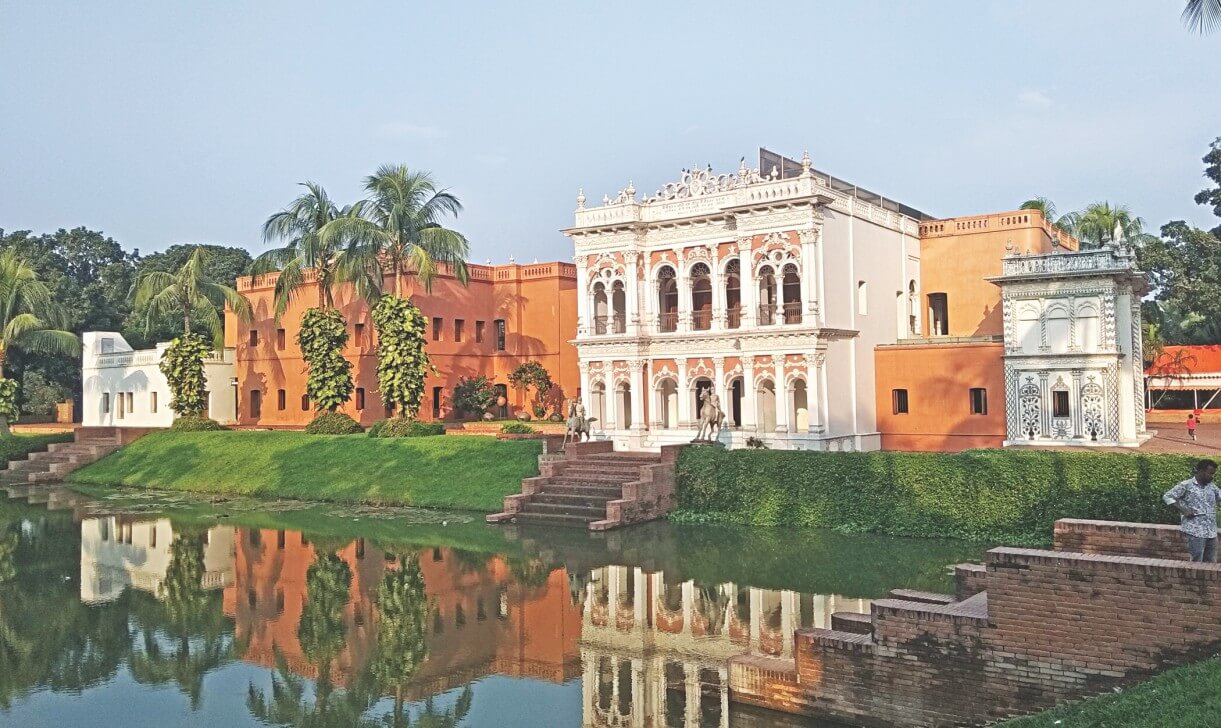
Later, with his talent, he became one of the great powers of the Bhati kingdom. The battle of Mughal forces with Isa Khan to protect the independence of Bhati kingdom is recorded in the pages of history. Isa Khan then established a temporary capital at Sarail. The tradition of art, literature and education and culture of Brahmanbaria is very ancient. This city is called the cultural capital of Bangladesh.
When the district of Tripura was established in 1793, most of the area of Brahmanbaria belonged to Mymensingh district. In 1830 Sarail, Daidpur, Haripur, Bejura and Satarkandal Parganas were given from Mymensingh under Tripura district. When Nasirnagar subdivision was established in 180, most of Brahmanbaria came under its jurisdiction. In 175 the British government changed the name of Nasirnagar subdivision to Brahmanbaria. As the name of only one police station, the name of the bearer of Muslim tradition still survives today. Even before that, the city of Brahmanbaria was upgraded to a municipality in 18 AD. After 1947, the greater Comilla district became part of East Pakistan.
In 1970, the East Pakistan part of Tripura district was also named Comilla. At that time Brahmanbaria was known as a subdivisional city. Bangladesh gained independence in 1971 through a bloody war of liberation. Independence During the administrative decentralization of North Bangladesh, Brahmanbaria was given the status of a full-fledged district on 15 February 1974. It may be mentioned that before 1830, Sarail Pargana was included in the Mymensingh district.
Tradition and Heroism of Brahmanbaria
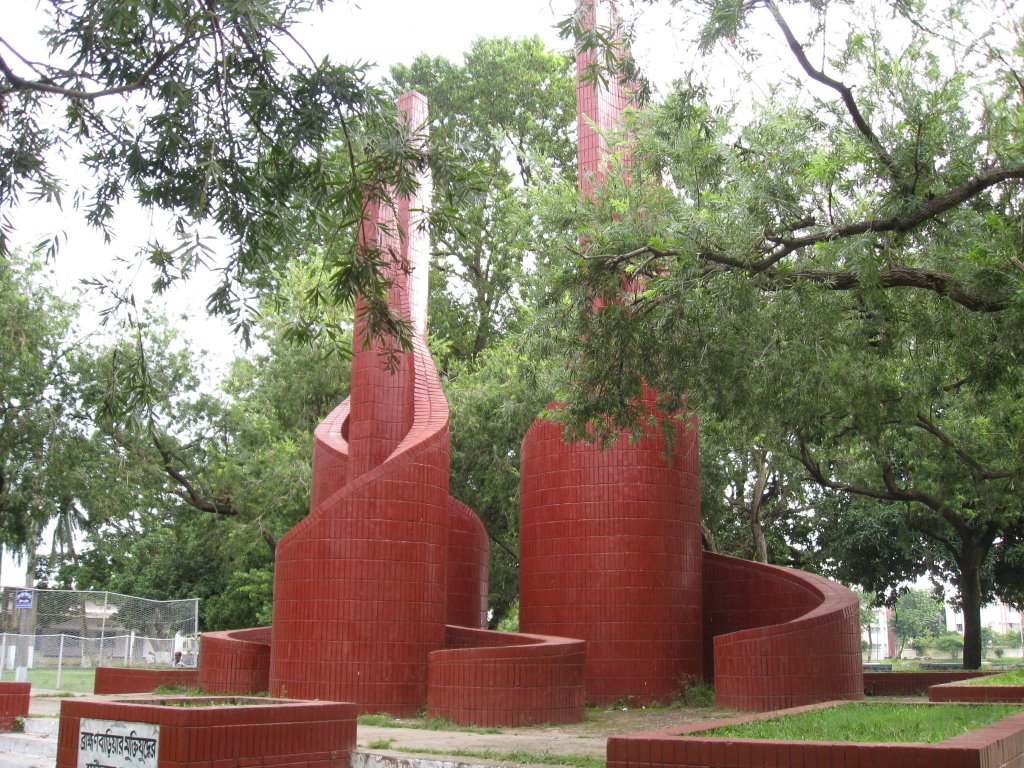
Nasirnagar and today’s Brahmanbaria have come to the present stage only after going through various ups and downs of history. This city has witnessed many struggles and traditions throughout the ages. Isa Khan’s first and temporary capital was at Sarail, just 10 kilometers north of the capital.
During the British rule, the English manager Mr. Hallid’s factory was shifted from Sarail to Maurail in the city. At present, it has been demolished and turned into a government office house. When the British troops occupied Manipur in 1824, they also had their military headquarters in this city. During the so-called Swadeshi movement created by the upper caste Hindus centered on the Partition of Bengal in 1905, Ullas Kar Dutt was enlightened in the Andamans over the bomb blast, which was a hot topic at the time. On 14 December 1931, Suniti Chowdhury, Shanti Ghosh, and Gopal Dev shot dead the then-District Magistrate CCB Stevens at his residence in broad daylight, which caused a great stir in the whole subcontinent.

During the peasant movement in 1930, Congress leader Abdul Hakim called for an end to rent. Tensions were high throughout the city. At that time four civilians were killed in the reckless firing of the British soldiers. During the war of liberation in 1971, Bir Shrestha Mostafa Kamal was martyred in the battle of Daruin in Akhaura. At one time the main arena of the Qadianis was Brahmanbaria. Under the leadership of the Alem Samaj, the devout Muslims were forced to wrap themselves up in fierce resistance. Under the leadership of Shaykh Abu Taher Muhammad Yunus, Fakhre Bengal Maulana Tajul Islam, and other eminent scholars, Brahmanbaria became a holy land of pure Muslim and Alem society by removing the infidel and void forces.
Mufti Fazlul Haque Amini. Led by the long march towards Babri Mosque, the anti-atheist movement, the Fatwa movement of 2001, then significant and successful movements like women’s policy and education policy, Brahmanbaria has become a wonderful place of courage and revolution through outstanding sacrifices.
Location and Weather
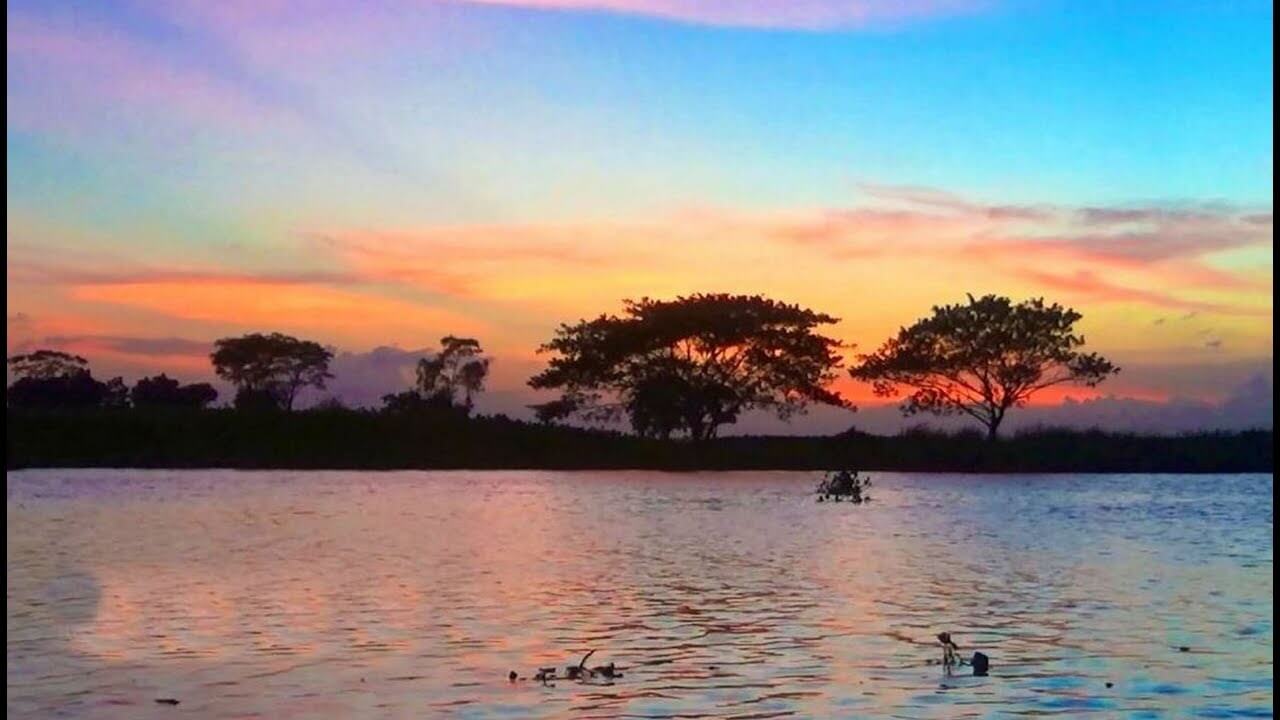
Brahmanbaria is located on the eastern border of Bangladesh. From time immemorial it has been known as the river-inhabited Bhati kingdom. Most of the sedimentary and sand-deposited lowlands of Brahmanbaria in Kalidah Sayar in the Meghna Basin. However, there are some high ground patterns in the northeast. The red soil of the hill tiller bears evidence of the original lands and settlements.
However, most of the southeastern part of Brahmanbaria is still inundated with rain water. The rivers Meghna, Titas, Salda, Howrah, Buri and Lohur still overflow during the monsoon season. Brahmanbaria is bounded on the east by the Indian state of Tripura, on the south by Comilla, on the west by Narsingdi and Kishoreganj, and on the north by the Habiganj district of Sylhet.
Outstanding Personalities of Brahmanbaria
Brahmanbaria is one of the leading cities in the country in art-culture, education-literature and Islamic movement.
Among the eminent personalities of Brahmanbaria district were Islamic thinker, master, and preacher of Islam Fakhre Bangal Tajul Islam, Kazi Masudur Rahman, Ustad Alauddin Khan, Ustad Ayat Ali Khan, Barrister A Rasul, Nawab Sir Syed Shamsul Huda, Katha Sahitya. Abdul Qadir, Shaheed Dhirendranath Dutt, Mufti Fazlul Haque Rah. And the best poet of this period is Al Mahmoud.
The Contribution of Brahmanbaria to the National Economy
Brahmanbaria district is also making a huge contribution to the national economy. Titas Gas Field, Salda Gas Field, Meghna Gas Field supply one-third of the country’s gas. Ashuganj Thermal Power Station is the second-largest power plant in the country. Ashuganj Fertilizer Factory is one of the largest urea fertilizer factories in the country.

Brahmanbaria district is the bearer and carrier of art and culture and holds a special place on the map of this country as a bright meeting place of religious and communal harmony irrespective of party affiliation. Brahmanbaria district has been famous for weaving for centuries. In the nineteenth century, the famous muslin cloth called Tanzeb was made in Sarail.
Memories in Brahmanbaria- Minnat Ali

Although almost forgotten now, the name Minnat Ali was once very familiar to Bengali-speaking readers. This famous writer of the sixties wrote about Brahmanbaria – ‘City of Memory Brahmanbaria’. His memoirs were compiled in the ‘Eternal Brahmanbaria’ memorial published on the initiative of Brahmanbaria District Committee in 1986-8.
In his great prose, the author not only portrayed the Brahmanbaria of that time; Hundreds of years of Muslim tradition, English exploitation and the excesses of upper caste Hindus are also brought up nicely. If you want to know the twentieth century Brahmanbaria, you have to go back to Minnat Ali.
Minnat Ali writes-
‘I was pleasantly surprised by the calculation. I have been living in Bahmanbaria for thirty years. Surprise! How many faded days in thirty years, how many bright moments – how many unforgettable events, how many cruel accidents – happiness and sorrow, enjoyment and misery, all sri and awkward memories – oblivion. The truth of all this is tikuk and not tikuk in the cruel stone of history – I will swear that the truth of my memory is exactly sixteen. Although my financial relationship with Brahmanbaria is thirty years old in the animal sense of livelihood, my spiritual contact with it is from a decade ago. My first acquaintance with it was through dreams. While not a real ‘dream’, the thrilling events of fifty years ago seem like a dream to me right now.
There will be a bridge over the Meghna, with thick pillars being erected in the middle of the river. Hundreds of workers-engineers are working day and night. Bizarre all hai- chai, kalrol- kalrab. This is a strange experience, a curious feeling for the people of Meghna.
I, Aziz and Atar Mia crossed the Meghna in the morning and came to Ashuganj with the curiosity to see the construction of the Meghna Pool. (Surely there was Gudara, or I crossed the river with money, now I don’t remember so much) At that time there was no high railway line in Ashuganj. The station did not rise. How long do we walk along the river bank and walk east along the railway line from Ashuganj station. He is a purposeless, carefree, uncertain journey of three ignorant boys.
As we walk down the aisle to the Talashahr station, we are startled by an unprecedented fear – Alas, we have come so far! Now home, how can I return to Bhairab? Atar Mia assured, “Don’t worry, I heard there is a village called Baraharan near Talshahar station.” Or the house of one of my brothers-in-law. Let’s go there and find out.
I don’t remember all the incidents after that, but I can still see it – we got up in a mosque house in Baraharan village next to the railway line – Atar Mia’s ‘Bubai’ fed us very fondly, in the evening his brother-in-law took us for a walk to Brahmanbaria Says.
Memories of Village Fairs in Brahmanbaria
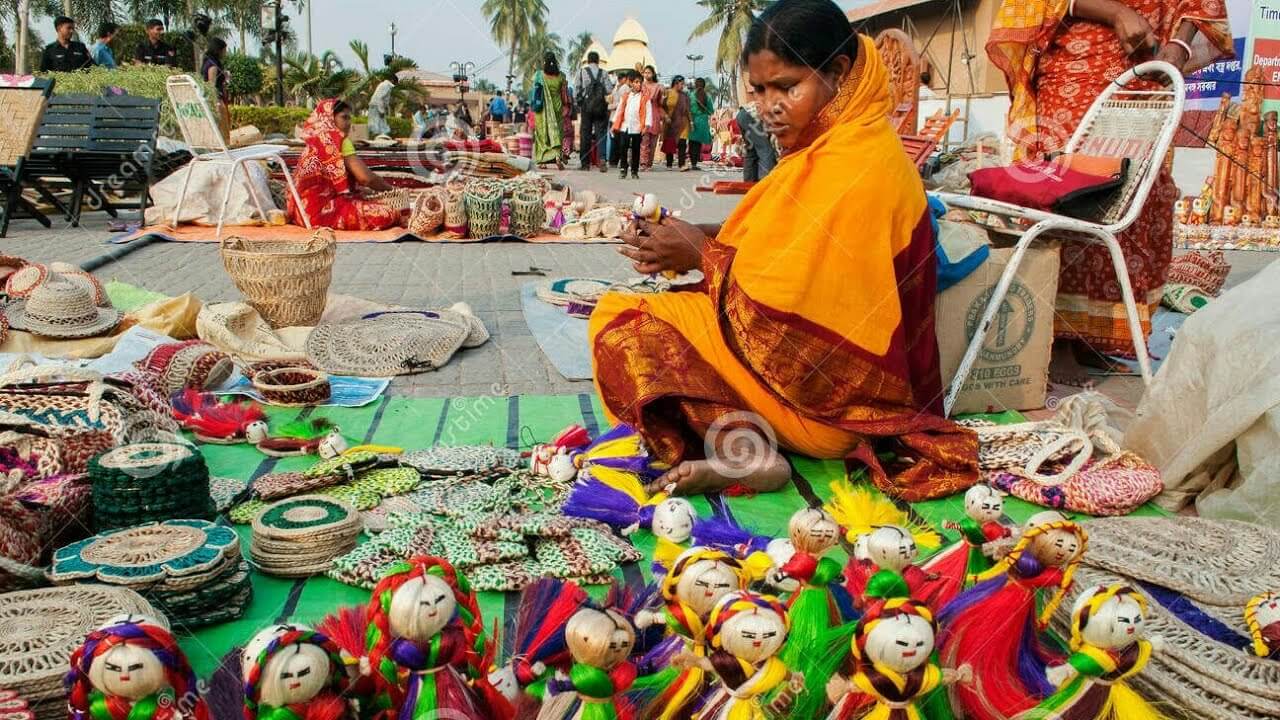
This is the first time I saw SDO’s fair. Fifty years later, I can’t remember much of what I saw three curious boys with big eyes that day. There are only two pictures floating in front of my eyes – a wonder doll dance. On the way back from the fair ground, I saw a temporary ‘cinema hall’. We read the spelling, the name of the ‘talkie’ displayed in the night – ‘Sita’. That winter night we walked from NM Khan’s fair ground to a shop in Jagatbazar and spent the night in the mattress. This is what happened in 1935 when I was a child in Bhairab Primary School.
Later, while living permanently in Brahmanbaria, I saw the ‘Molla Repairing House’ in Jagatbazar. But nowadays, after the growing touch of civilization and prosperity, I went to Jagatbazar that day and saw that there was no Ya Alishan old banyan tree there, no Attar Mia’s healthy, smiling brother-in-law.
I saw Brahmanbaria for the second time in 1940. High schools throughout Bengal and Assam were then under the jurisdiction of the University of Calcutta [except for the schools in Dhaka city]. Along with the boys of Bhairab School, they went to Kishoreganj, a subdivision town, to take the matriculation examination. But while playing Seba football, the Bhairab school team had a great fight with a school team in Kishoreganj. Bhairab School decided not to go to Kishoreganj anymore and with the permission of the university, set up an examination center in the town of Brahmanbaria near Bhairab. In 1940, one of my elder brothers came to Brahmanbaria to take the matriculation examination. I was a class five student then.
I don’t remember how I came to Brahmanbaria with him at that time. The students of Bhairab School have been accommodated in a Brahma temple on the side of the road south of Loknath Dighi. Yes, the second time I came to Brahmanbaria, I spent one night in the ‘Brahma Mandir’. I remember a lot of ditches, bushes and laundry houses on the south-west side of the temple. Still floating in front of the eyes – Dobata, behind the cane bushes next to the dobar, laundry houses, backyards, drying clothes in the yard, small children are running.
There is still no electricity in the city, no crowds of people, the annoying unbearable pressure of rickshaws. I can’t remember if I saw the old cinema hall (Chitralaya) then – but there was no such thing as Farooqi Market. That place on the west side of the road was smelly, dull pond. Broken red iron railings to the west of the road, houses to the west of Dobar. Large sewer canal on the east side of the main road from Kalibari junction to the railway line – Dr. Nandalal Babu’s chamber on the west, a few small shops, Umeshbabu’s one-storey-two-storey house, then the roadside sewer-canal, bright pharmacy on the canal, station on the south Till the small houses of Ghosh-cowherds.
As soon as you cross the railway line, on the left is ‘George High English School’ – a tall house with tin and fence. Small field in front of the school, pond and hole after the field (Brahmanbaria College was established in 1948 at the southern end of this field). It seems that I saw the village poet Jasimuddin at a function after the evening with my brother and Bhairab and students at this George High School. Curious, I listened to the speech of the poet’s quick voice, I heard the song in the voice of the poet – Ore and Rangila Nair Majhi, you don’t go to Baiya Jaore at the time of the offer.
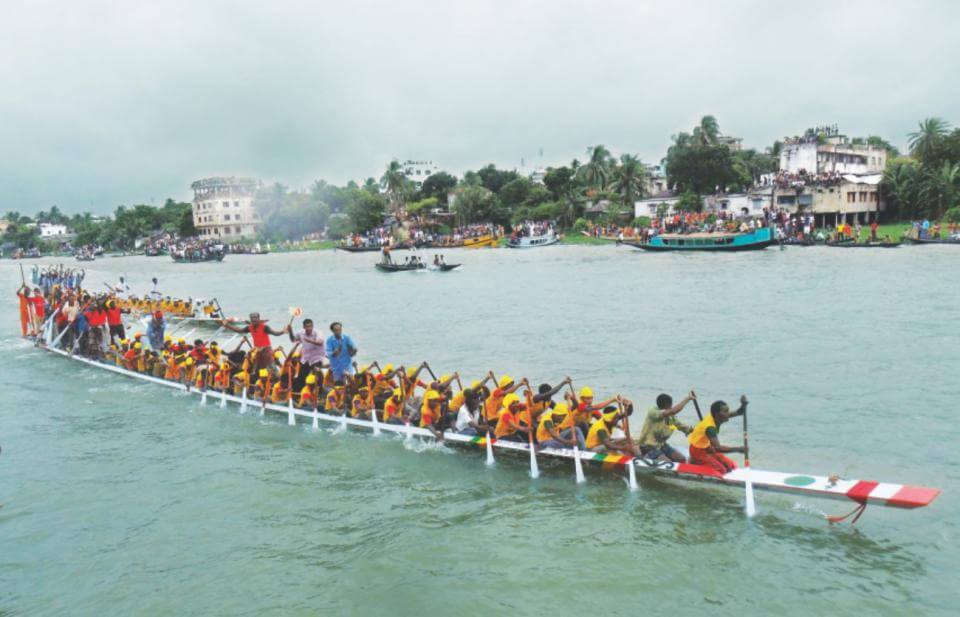
Then he grew up and came to Brahmanbaria in 1948 to take the matriculation examination. I have come to Brahmanbaria twice from Bhairab on the way to Galania. I remember walking from Brahmanbaria railway station to Ghorapatti on the way to Surki. From here the horse carriage will go to Sarail. I am sitting in the car – if there are more passengers, the horse will run. The place is dirty, smelly. Shops, hotels, small broken tongs – all in all, look like the decaying ruins of the ancient past. Still floating in the eye – the horse-drawn carriage has begun to move. A little further on the canal is a large high iron pool – iron railings on both sides. The Khalpar Pool is the only way for pedestrians and vehicles to enter the city.
After crossing the high bridge, I am descending towards the north-left of the canal, red houses by the canal, Sadar post office. On the right, a rough dirt road leads to the police station along the canal; Going a little further down, on the right side of the road, you can see a beautiful mosque with a small dome – named Arabia Mosque. The first mosque in the city of Brahmanbaria. Made a hundred and fifty years ago. Founder of two brothers named militant mother Farah and dengue mother Farah. These are mimes (fishermen). Then to the left is the road to Lal Surki. This is a neem tree on the street – a small tin shop on the sewer on the east side of the road. There are more hotels and restaurants. To the west of the main road is the ‘Town Hall’ on the bank of the huge Kanchari pond, next to it is the two-storied office of the municipality; In the north-west corner is a large banyan tree, next to the banyan tree is the one-story building of the Moktar Library.
Moving forward, the road on the right is called ‘Court Road’; The road to Lal Surki on the left leads to the red building of SDO’s court. And as soon as you go a little north, there is a mud pond on the left. Treasury building on its bank – a huge banyan tree on the right side of the road. The girls of Sarojini Girls School are going to school by the side of the banyan tree; Sub-divisional Sadar Hospital is a little further in front of the school gate.
When we came to give the matriculation exam, we got up at the boarding school of Annada School. I come by rickshaw from the station. Rickshaws are more common in the city – there are no horse-drawn carriages, but not in the city. Sarail understands. Although it is known as the boarding school of Annada school, I came to know later that its real name is ‘Asmatun-Nesa Muslim Hostel’. Sir Syed Shamsul Huda (182-1922), Nawab of Gokorn, established it in the name of his mother. I remember my test seat was in a long-fenced room on the east side of the field in front of the present building of Annada School. During the war in 1941-43, Feni College moved to Brahmanbaria. This fence shed was then built for college classes.
At that time Hindus were the chief in the city of Brahmanbaria. Advocates, lawyers, doctors and masters are all Hindus; On the other hand, shops, trade and commerce, hotels and restaurants are also in their hands. A sense of self-awareness is barely awakening among the Muslims then. Loknath Dighita near Annada School. Busy reading exams in the morning. There is no time to go there. In the afternoon, I often saw young and old dhoti-clad people walking along the four banks of the lake – making the place a sight to behold in the afternoon. Surprise, no lungi, no pajamas! (No Muslims)
There is a large field on the south side of the lake – far below the banks of the lake, to the east and west of this field are two large yam trees. Too high. In the western corner of the field, surrounded by a skull fence, young men wearing dhoti are playing volleyball. ‘Hard tennis lawn’ inside the hut fence next to the kadai tree in the east corner. That day I did not see any Muslim playing tennis lawn, playing volleyball or walking on the banks of Loknath Dighi. We also did not dare to call him a foreign (?) Muslim boy.
On that day, I did not dare to enter as a student, I not only entered as a ‘professor’ after the last decade of the cycle of time – I also played tennis regularly. Then, with curious mind and eyes, I read the name plate engraved on the white stone in the middle of the ‘hard tennis lawn’ – – . Ubu, O.C.J.U.C.N., Itdhayasadhahanadhatradha Drah1ng: Ubpabsanabat, 1936. How many decades, how many eras have passed since 1938!
I have been visiting Brahmanbaria for the last three decades. Brahmanbaria is taking shape in the city of Tilottama day by day in front of our eyes. Even so, when I stand on the bank of the tank, I see in front of my eyes the beautiful house of God on one side and the beautiful ‘Auditorium’ on the other side. But all of this came to my mind when I saw two big skyscrapers, a beautifully enclosed ‘tennis lawn’ next to the twigs – where a subdivisional police officer engraved his name on a stone with the year and date in order to immortalize his fame. ‘
Spectacular Installation

Some of the traditional and spectacular installations of Brahmanbaria district are Arifail Mosque at Sarail, Ulchapara Mosque of Sadar Police Station, Kalbhairav Temple, Historic Hatirpul, Shah Sufi Fort Martyr’s Shrine at Kharagpur, Kasbar Kailaghar Fort, Kullapathar Mohd. Minar, Tofail Azam Monument, Shaheed Memorial, Vadughar Mosque, Syed Nazrul Islam Bridge, and Archive Museum.
Unique Features of Brahmanbaria
Considering other districts of Bangladesh, Brahmanbaria can easily get the recognition of a special region.
The contribution of this region, which was given the status of a district in 1984 for our ilmi courtyard in the last century, demands special importance. The district has always been under discussion for the welfare of eminent scholars like Haji Yunus, Fakhre Bangal Tajul Islam, Mufti Nurullah, and Sirajul Islam. And Mufti Fazlul Haque Amin. In the role of leadership in the last two decades, it has gained a reputation as the heart of the Islamic movement in Bangladesh.
The people here have been pious and peaceful for a long time. This district has some distinctive features, which are not commonly seen in other districts. Of particular note is the fact that the people here are dedicated to Haqq and Haqqaniyat. Self-sacrificing. Jihadi is zealous in victory. Lightning strikes against Taghut and Batil. They never bow before the cancellation.h
Brahmanbaria: The Heart of the Islamic Movement in Bangladesh
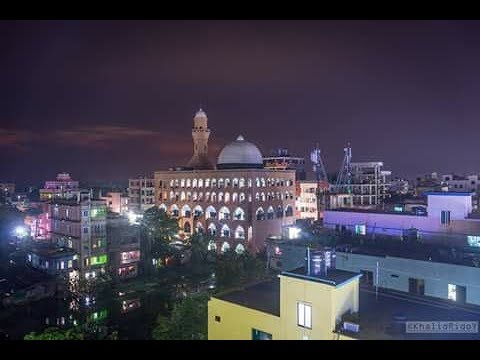
Reviewing the history, it can be seen that their tradition is from ancient times. Shaykhul Hadith Allama Anwar Shah Kashmiri of Darul Uloom Deoband confronted him when the British prophet V-Qadiani appeared. Come forward. Qadiani’s brother-in-law disintegrated like a spider’s web in front of his Qur’an-Hadith-based enlightening speech. At that time Maulana Tajul Islam Darul Uloom Deoband was studying under Allama Kashmiri, the son of Fakhre Bengal Brahmanbaria. Allama Kashmiri used to send this talented student to various meetings, seminars, and conferences against the Qadianis. The student was also able to reflect on the improvement of his teacher. In other words, where there is a cancellation, there are the right people. Where Nimrod is, there is Ibrahim. Where Abu Jahl is there is Muhammad (peace be upon him).
After coming to the country, Hazrat Fakhre Bengal saw the annoyance of the Qadianis around him. He was able to overcome them through a lifelong struggle of preaching, arguing, and using force when necessary. In this Brahmanbaria, the master of Maulana Sirajul Islam Mufassi continued the jihadi movement for the rest of his life. Renowned Muballig Hazrat Maulana Ali Akbar. Born here. Prominent Mufti and Shaikhul Hadith Allama Nurullah Rah. One of the living beings here. Maulana Abdul Wahhab Rah. A great personality dedicated to the service of the Qur’an. The last unique personality of this series was Mufti Fazlul Haque Amini.
When the High Court declared all kinds of fatwas invalid in 2001, Islamophobic Muslims erupted in protest in Brahmanbaria as well as across the country. At one stage, nine people were martyred by the police. Scholars have always had and still have influence in Brahmanbaria.
So Mufti Amini Rah unconditionally to the people of this district in terms of growing up, developing, and later implementing his own program. Received as a devoted supporter and collaborator.

Leave a Reply